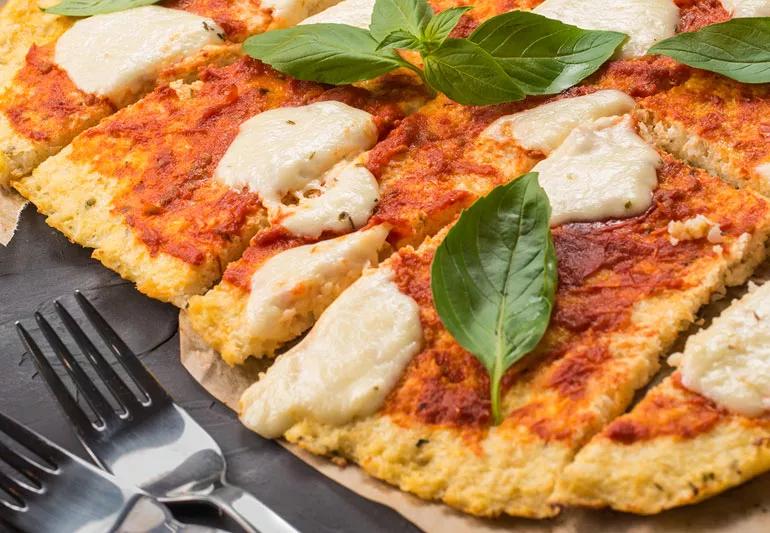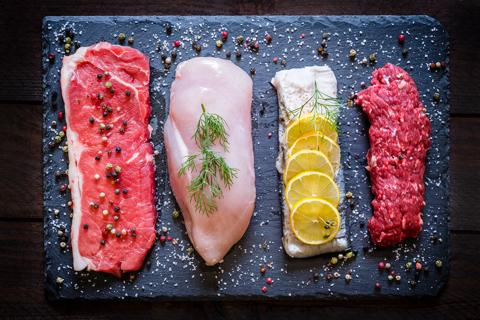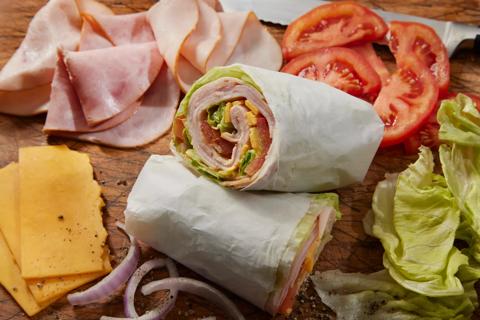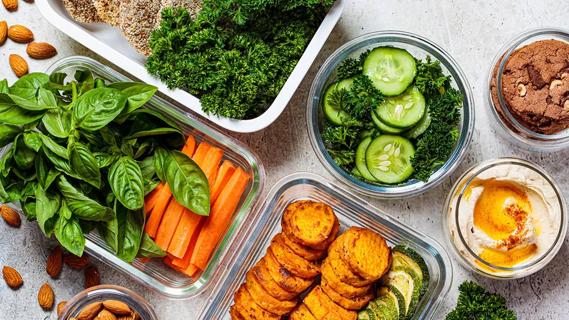The Short Answer from a dietitian

Contributor: Anna Taylor, MS, RD, LD, CDE
Advertisement
Cleveland Clinic is a non-profit academic medical center. Advertising on our site helps support our mission. We do not endorse non-Cleveland Clinic products or services. Policy
A: If you’re considering cauliflower crust, you’re probably hoping to lose weight by cutting down on carbs and calories. Are you more likely to achieve your goal with cauliflower crust than with whole-grain crust?
That depends. Choosing the best pizza crust requires a bit of detective work. Luckily, all the clues you need are in clear sight — on the product’s label.
Every product is different. Some cauliflower crusts are higher in calories and may have just as many carbs as a thin, 100% whole-wheat pizza crust.
Alternative crusts that are high in calories won’t help you with weight loss, since calories have the most direct impact on weight. If too many of your calories come from fat and protein, you can gain weight — even when you’re on a low-carb diet.
Also, when food companies try to make traditional carbohydrate-based foods out of low-carb vegetables, nutritional chaos can ensue. For example, some manufacturers add extra saturated fat in the form of cheese to make cauliflower crust bind together and taste better.
So be sure to read the ingredients list and nutrition facts to make your judgment call. Factor in the serving size (which varies from product to product), and review the calories, total carbs, saturated fat and fiber.
Advertisement
Remember, food should taste good, and alternative ingredients can make a product’s quality suffer. For example, your cauliflower pizza may have a soggy bottom.
Personally, I like pizza crust that tastes (and feels) like crust, so I choose thin, 100% whole-wheat crust. I put my veggies on top, rather than getting them in the crust. Together, the whole-grain crust and veggies maximize the fiber.
I would ditch the processed meats, and top the crust with tomato sauce, some fresh mozzarella, a medley of vegetables, and fresh basil. Then round out your meal with a side of roasted veggies or a fresh, vibrant salad. This will help to boost nutrients and minimize the saturated fat and calories from the cheese.
Pizza is one of our holiest indulgences. It’s fine to enjoy from time to time in moderation. Rather than eating it mindlessly as you watch TV, take your time, and savor one or two slices.
Advertisement
Learn more about our editorial process.
Advertisement

With a focus on internal cues for hunger and fullness, this eating style may revolutionize your relationship with food

Review the ingredients, watch for sugar and fat, and choose one with the right amount of protein for your needs

A typical recommended balanced diet is half fruits and veggies, a quarter protein and a quarter grains

Foods high in protein, fiber and water can help keep hunger at bay

This quirky food trend is harmless, as long as you’re getting enough protein, fiber and healthy fats

This vital nutrient helps your brain and body in many ways — and most of us need more of it

Wrapped or sandwiched, try to choose fillings and condiments that are minimally processed, low in saturated fat and high in fiber

Set yourself up for success by carefully choosing your recipes, storage containers and prepping day

The best parenting style balances enforcing rules and showing plenty of love

Tips include cutting back on sugar, focusing on exercise and managing stress

It can be harder to let go when you’ve invested time, energy and emotions — but it might be the healthier choice long term